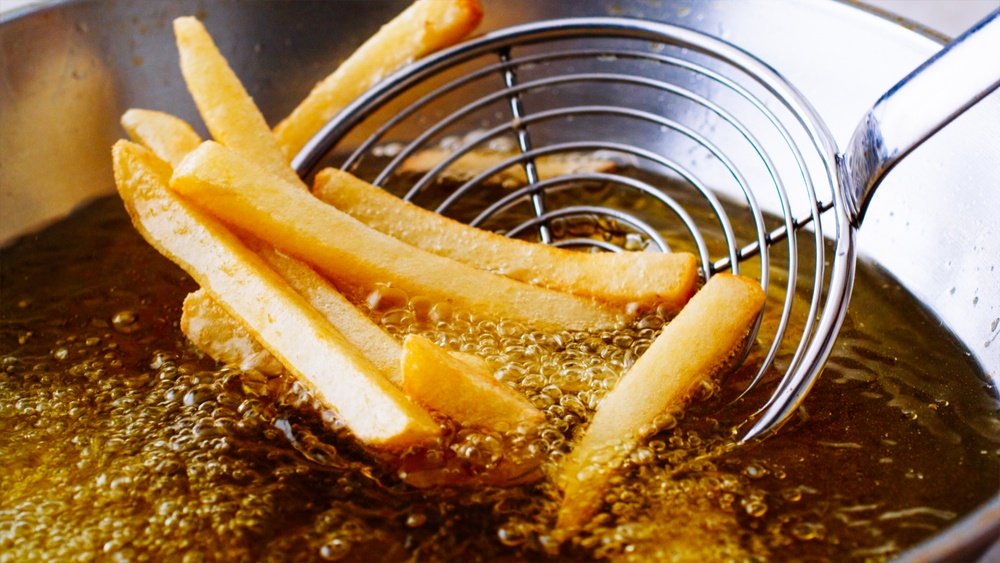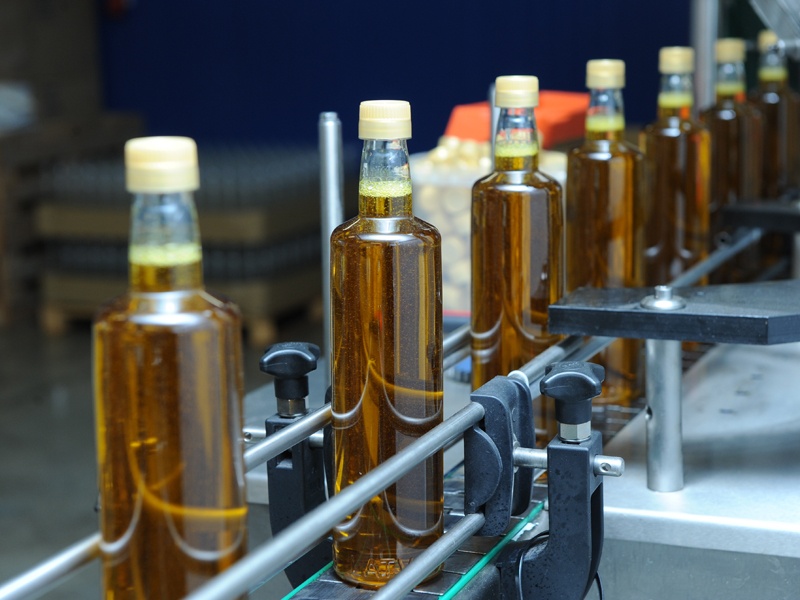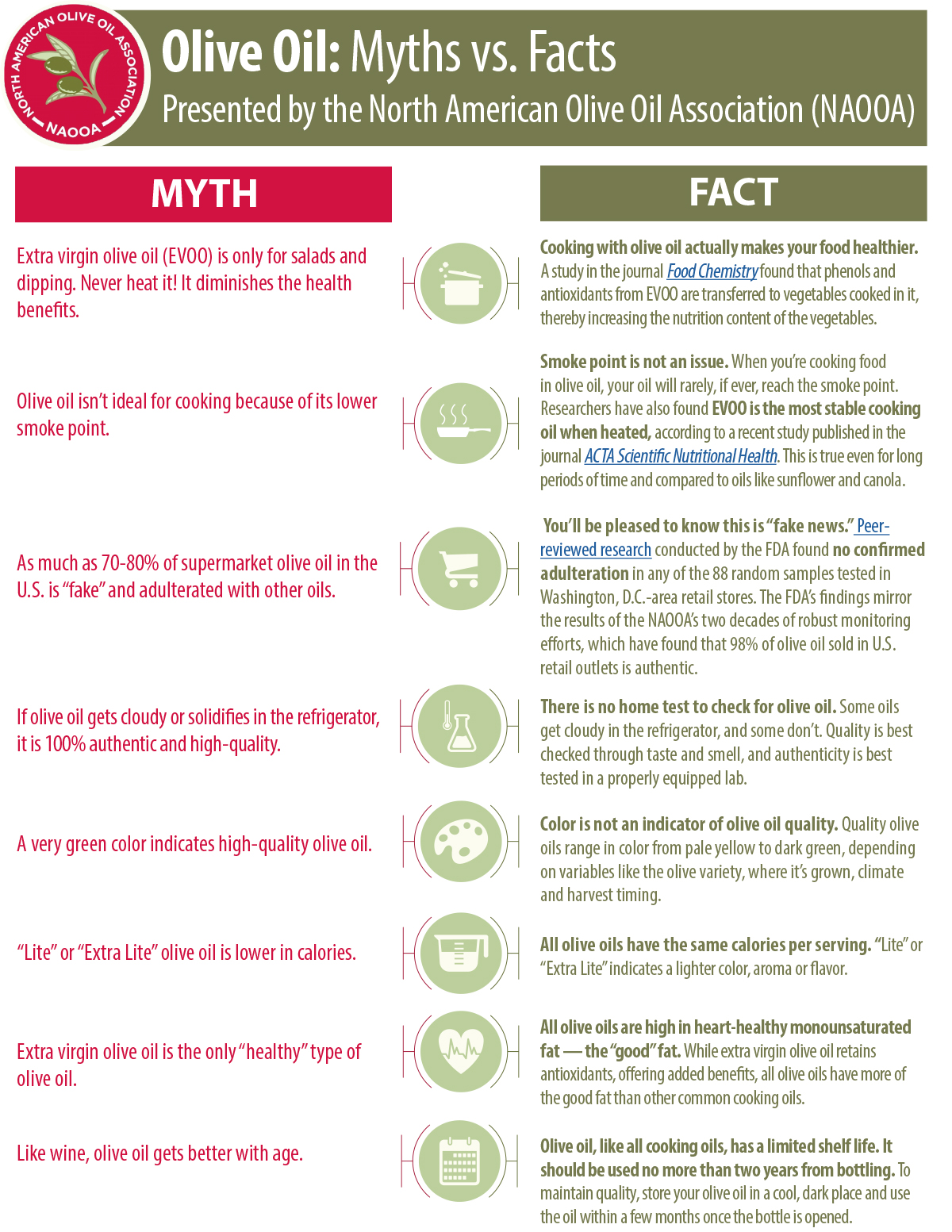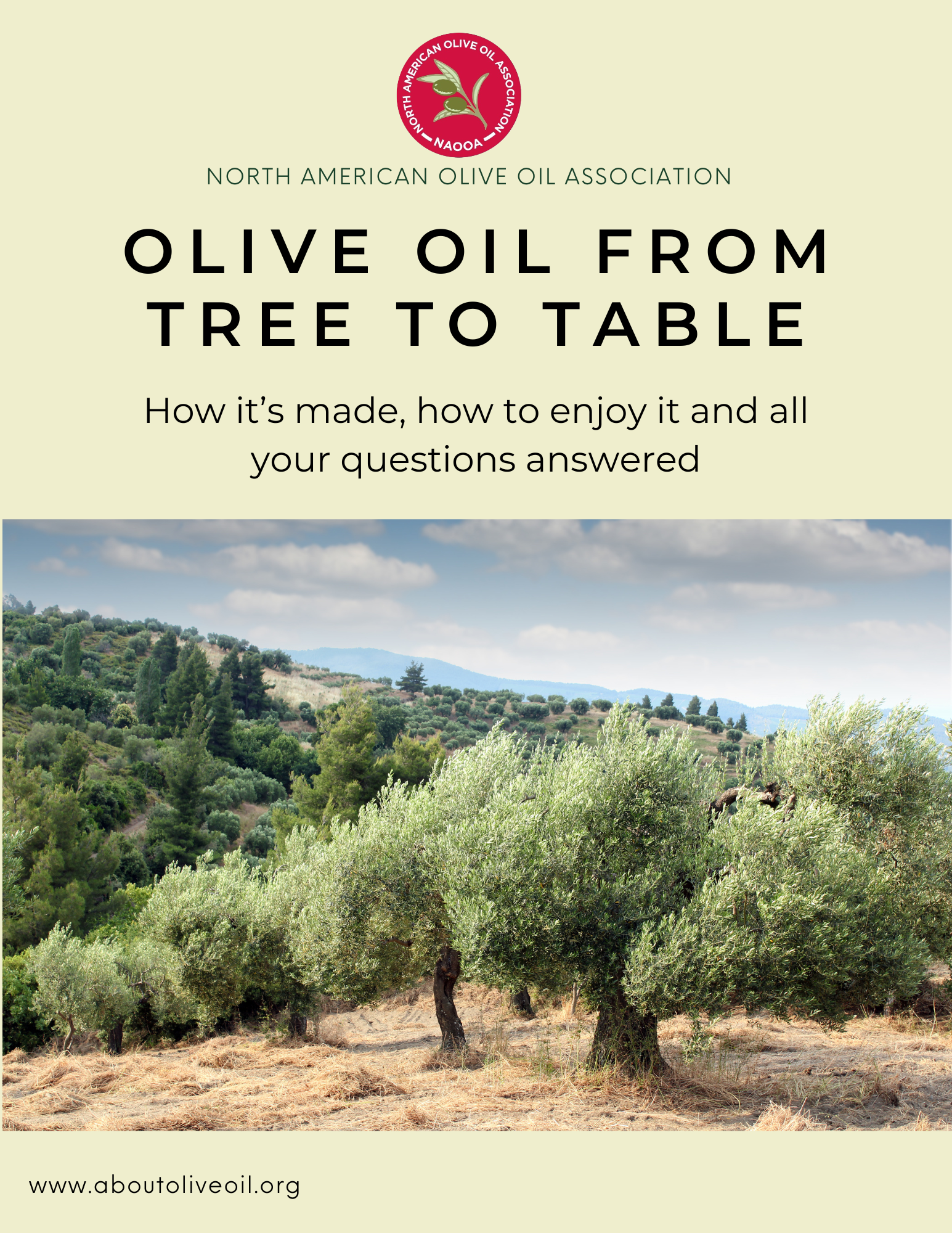by Alexandra Kicenik Devarenne
Olive trees first came to California in the late 1700s with Franciscan fathers but one could say that the modern history of olives in California starts with a mother. Freda Ehmann was a German immigrant who is credited with establishing the first true commercial olive canning operation and creating the modern California table olive industry. Although Freda Ehmann’s legacy is widely recognized, not enough credit has been given to the role of women in pioneering the modern olive oil renaissance in California.
Nan McEvoy, San Francisco legend and former chairwoman of Chronicle Publishing, was driven to produce olive oil by passion rather than calculation. In 1991 when she bought the 550 acre property in Marin County that would become McEvoy Ranch, the county required that it remain a working ranch. Although it was grazing land when she bought it, cattle ranching did not appeal to her so she sought an alternative. Inspired by a love of Tuscan olive oil and Maggie Klein’s book Feast of the Olive, she made inquiries about the feasibility of planting olives in Marin County. Defying conventional wisdom from the men of the local agricultural community, McEvoy imported 1,000 olive trees from Italy and started planting what would eventually be 80 acres of mostly Central Italian varieties.
The ranch produced its first olive oil in 1995, and today McEvoy Ranch is one of the best known California brands in the country. Nan McEvoy passed away in spring of 2015 but her son Nion carries on the family legacy at the ranch. Although they have diversified over the past several years with other products, olive oil remains the heart of the ranch. Samantha Dorsey started at McEvoy Ranch in 2001; working her way up from the olive tree nursery to farming manager and now president of McEvoy Ranch, Samantha oversees this jewel of the North Coast.
Another of the pioneers of California olive oil, Deborah Rogers, can still be found during harvest in the mill at McEvoy Ranch. Now retired, she was master miller at McEvoy for several years, but continues to consult for them. Prior to that, however, she was a founding member, then managing partner and miller at The Olive Press for fourteen years. At the Olive Press, Rogers—the first woman olive miller in the state—won more awards than any other producer and helped to define modern California olive oil. Before that, she was a partner in creating the V.G. Buck brand. She trained as a member of the first California olive oil taste panel and has been active since early on in the industry, giving her a front row seat for the renaissance of olive oil in California.
So how did that industry revival come about? Although the Sciabica family of Modesto and a few others were motoring along from the earlier days, Deborah credits the late Lila Jaeger as being the spark of the new era. She revived an old olive grove found buried under blackberries and scrub oaks on a hillside at Rutherford Hill and started to make olive oil from the fruit. “It felt really cool—we were bringing something back from 100 years ago. In retrospect, yes we were naïve, we never thought about the economics of the big picture,” admits Rogers, “But there is something good about that: we were all passion-driven.”
There are many other women from those early years whose contributions were long-lasting, including those with a creative hand in branding. The “O” brand design was the work of Marta Hinson—this simple and beautiful branding has stood the test of time and is still seen today. Sue Ellery's marketing genius made her brand Stella Cadente a (shooting) star. Bonnie Storm was founder/grower/producer at Grove 45, one of the first cult brands from California. The list includes women of color, such as Yvonne Hall of Olivino in Mendocino County, and Liz Tagami, who took the Lucero brand from clipart to world-class. I could go on and on--there are many, many more names and stories to tell about the women who helped shape the California industry.
This passion lives on in a craft olive oil industry ignited by Lila Jaeger’s spark. Alongside the large-scale industry that has made California olive oil a presence in many American kitchens, there exists a lively network of small estate producers who make diverse, exciting and authentic California extra virgin olive oil. Olive farming is hard, subject to the vagaries of weather, pests and luck, but these producers have inspiring foremothers: the tough, creative, visionary women of California olive oil.
Portions of this article are excerpted from California Olive Oil: The Evolution of an Industry (A.K. Devarenne, Edible Silicon Valley, Winter 2016)
About the Author
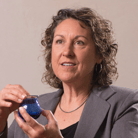
Alexandra Kicenik Devarenne is an international olive oil consultant, writer, and educator, and the co-founder of Extra Virgin Alliance (EVA). She has been involved in organizing and teaching olive oil courses at domestic and international venues since 2004 and serves as a judge and advisor at numerous olive oil competitions in the U.S. and abroad. Among her publications is the reference book Olive Oil: A Field Guide.

%20-%20op.webp)
